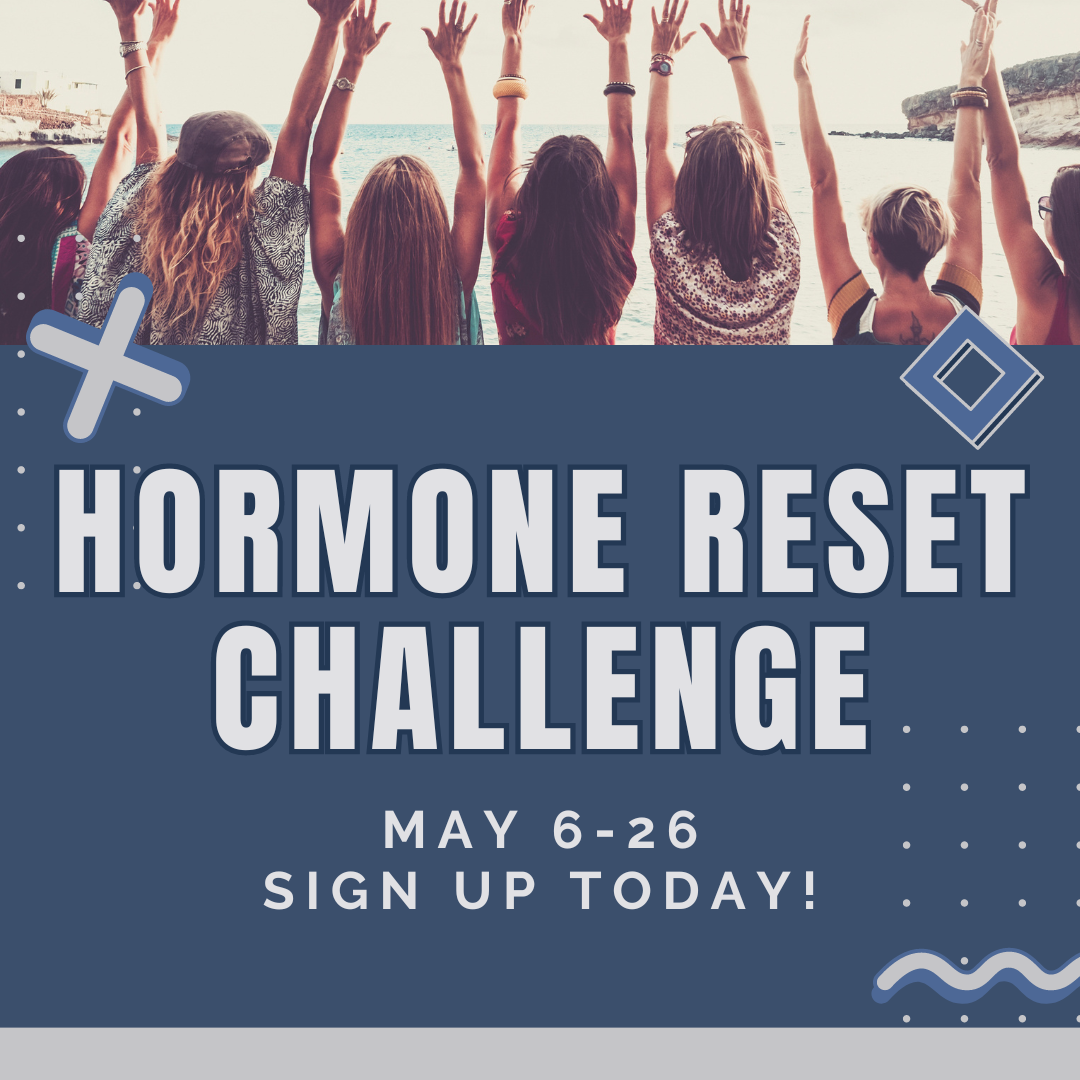Maybe you’re an active person and have always thought that was the best way to stay healthy. And we’d say yes, mostly! That’s right! But in our clinic, we see injuries and hormonal imbalances in our clients and patients day in and day out and often, we end up making a connection between exercising and injury or imbalances in the body.
So, today on our blog, we want to talk through some warning signs that your exercise might be hurting rather than helping.
Consider these questions… do any of these things resonate with you?
- Are you working out but just exhausted afterward?
- Do your muscles ache 3+ days after a workout?
- Or maybe you have ongoing injuries from exercising?
- Or could it even be that your cortisol (your stress hormone) can’t really take all those HIIT workouts you’ve been doing?
But how do you know when your activity is hurting or helping? Well, that’s what we’re here to help you figure out today. Now, as always, this is not medical advice. Please be sure to consult your physician before changing anything, but these are general tips that we’ve learned over the years in working with clients and patients in the functional medicine and physical therapy world.
Exercise and Its Relationship with Inflammation
Exercise plays a pivotal role in controlling inflammation levels in the body. At Mitchell Holistic Health, we understand the intricate relationship between physical activity and inflammation regulation and want to help you figure that out on a personal level so that you can use exercise in a way that benefits your body and is helpful, not harmful, to your overall health. Exercise acts as a regulator in the body, capable of either increasing or decreasing inflammation based on various factors. There is a concept known as hormesis, where the body’s exposure to moderate stressors, such as exercise, induces adaptive responses that enhance resilience. Research shows the various effects of exercise on inflammation; for example, exercise when appropriately incorporated into your daily routine can trigger anti-inflammatory responses while chronic, excessive exercise may lead to elevated inflammation levels. Understanding these dynamics helps individuals to tailor their exercise routines effectively, harnessing the anti-inflammatory benefits while mitigating the risks associated with overexertion. Below are a few considerations for determining which camp you fall into (and how to address it if you’re overdoing it).
Signs You Might Be Overdoing It
Physically, Here’s How Your Body Communicates

Learning how to recognize signs that you might be overexercising is important for preventing injury and maintaining overall health. Physically, overexertion can play out in multiple ways, including ongoing muscle soreness (think 3+ days after you worked out), excessive fatigue (just feeling tired, drained, or like you can’t get going the next day), decreased performance during workouts, or more prone to injuries such as strains or sprains. These physical signs are your body’s way of sending out warning signs, telling you that you may not be adequately recovering from exercise and may need adjustments to the intensity or frequency of the workouts you do in order to prevent further injury.
Mental + Emotional Stress Also from Overexercising
Did you know that overexercising can also take a toll on your emotional and mental health? At Mitchell Holistic Health, we often see that imbalances like mood disturbances, such as irritability, mood swings, or feelings of anxiety, may actually be coming from chronic stress that the body is under when you are excessively exercising. Changes in sleep patterns, i.e. trouble falling asleep or staying asleep, can also be another warning sign that your body might be sending to you when you might be overexercising These emotional and mental signs indicate that the body may be under too much strain and need help restoring balance (aka slowing down and changing your workouts so that your body is not over-taxed so much).
Hormone Imbalance and Exercise
Another way that your body might be telling you that you are overexercising is through hormonal imbalances. For example, overexercising can disrupt your cortisol levels, which is your body’s main stress hormone. These levels rise when your body is put under prolonged or intense exercise, and as a result, you might experience symptoms like fatigue, mood swings, and your immune function might even be impaired. In women specifically, you might experience irregular menstrual cycles, changes in libido, and you might even experience some weight gain (think stubborn belly fat) because your hormones are imbalanced. If these signs and symptoms resonate with you and you’re curious about how to balance things out, then we’d love to help you figure this out. But first, we’ll give you some tips below on how to find a workout program that is balanced and appropriate for your body (remember, this is just generalized advice and everyone’s body will be different).
How to Balance My Exercise Program?

We hear you – sometimes things that we’ve been doing can seem like they were perfectly fine for our bodies… until they aren’t. One of those things is balancing exercise and inflammation. Remember that we want a ‘healthy stress’, which is what we call hormesis. Being able to achieve this and not tip into overexercising and overtaxing our bodies requires an approach that encompasses various strategies aimed at optimizing physical activity while monitoring and engaging the body in appropriate inflammatory responses.
One great tip for involves diversifying your exercise to include a mix of strength training, cardiovascular workouts, flexibility exercises, and other practices such as yoga and stretching. By incorporating a variety of exercises, not only do you not get bored with your exercise routine or lose interest, but you also use different muscle groups and minimize your risk of overuse injuries. Also, by incorporating more diversity into your fitness routine, you can effectively manage inflammation, i.e. achieve hormesis (the healthy stress) because you let one muscle group rest while working on another on another day.
While diversifying your workout routine is important, another equally important tip is prioritizing rest and recovery. Incorporating rest intervals between workouts allows the body to repair damaged tissues, replenish energy stores, and regulate inflammation levels. Having rest days in your exercise schedule, as well as making sure you’re getting quality sleep each night, can help support your body’s natural recovery processes and help maintain a healthy balance between exercise-induced stress and rest.
Ready to Balance Your Workout Routines?
Today we’ve spent some time diving into the relationship between exercise, inflammation, and overall health. We’ve discussed that while exercise can be a great way to actually decrease inflammation, it can also increase inflammation if not overdone. By recognizing the signs of overexercising, such as physical fatigue, emotional/mental shifts, and hormonal imbalances, you can take a proactive approach to adjust your exercise routines. However, achieving this delicate balance requires more than just self-awareness. As you navigate your health journey, it’s important to know when to seek professional guidance. If you find yourself struggling to manage inflammation despite your best efforts or experiencing ongoing symptoms of overexercising, don’t hesitate to reach out to usl. At Mitchell Holistic Health, we would love to work with you and provide personalized guidance tailored to your unique needs, helping you optimize your exercise routine while safeguarding your overall health. Ready to get started? Click the link below to schedule a discovery call with us!


